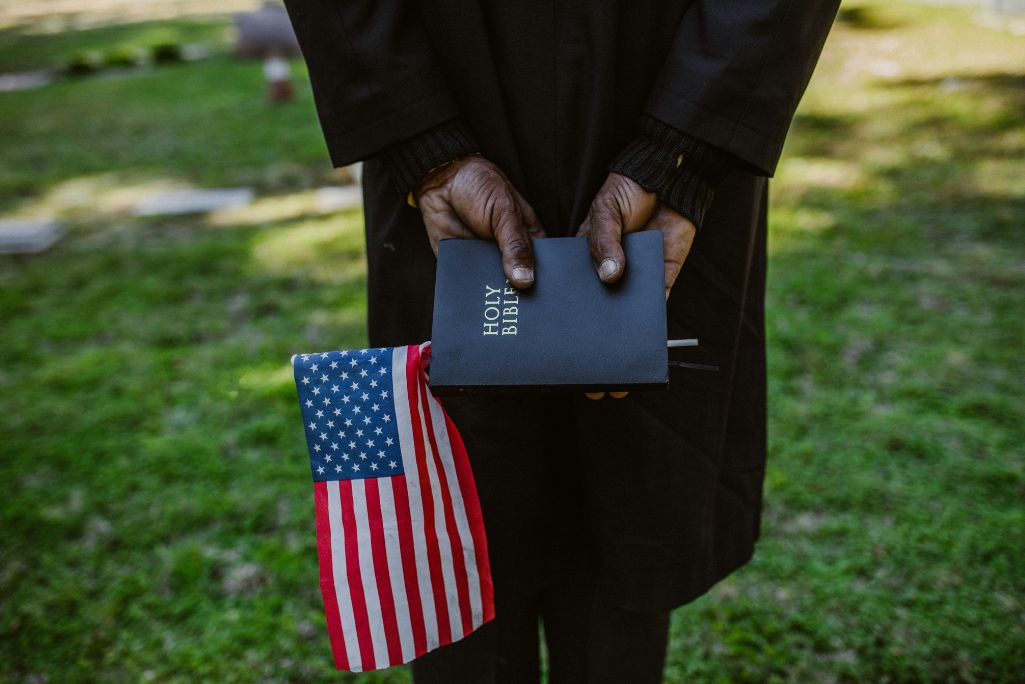Over the past several years, the culture of the Southern Baptist Convention (SBC) has begun to shift as more pastors and leaders desire to see the convention grow in diversity. This is encouraging, as the SBC should not be known as a club for white male pastors, but rather a united body, which reflects the kingdom of God.
Intentional steps are being taken to move the convention forward, though to be sure, there is much work left to do. As the SBC continues to focus efforts and leadership influence toward racial reconciliation and increasing diversity in other ways, another challenge has emerged: how to better engage female leaders in the life of the SBC.
|
Dean Inserra and Ashlyn Portero |
The convention traditionally provides community and support for women in several different contexts. The annual meeting, along with state convention and local associational gatherings, host various luncheons and breakouts for women, the majority of which are designed for pastors’ wives.
The SBC often reaches and connects this segment of women effectively through traditional methods. However, in the midst of a changing culture, where women occupy many roles beyond that of a pastor’s wife or children’s ministry leader, we must ask how the SBC is going to involve other women more fully.
We should not discount the efforts that have already been made – it is good to support and connect ministry wives and offer networks for women living on mission. These circles are filled with women who benefit from the resources and the fellowship. Yet there are many women leading in today’s SBC churches in other ways.
Female leaders are now sitting at tables in strategic meetings, heading ministry departments and occupying high capacity positions in SBC churches and entities.
Many of these roles are traditionally thought to be roles for men, but a quick survey of growing SBC churches reveals that women too are stepping into new director and executive-level leadership. They are excelling alongside their male counterparts.
So how will the SBC engage these women?
The days of limiting women to a “Ladies Tea” and narrow-focused small-group gatherings are no longer sufficient.
Creating social networks are important, but most women today want not only to be brought into the social aspects of the SBC, but into the work of the convention as well.
As women serve as strong leaders in their local church contexts, we should be working to see them represented in the SBC, both at the annual meeting and other gatherings.
Some may question the increase in female leadership, but this is primarily an issue of culture, not theology. No one is talking about challenging complementarian views, and women are not demanding to be elected elders or seeking to fill the pulpit.
Most women in SBC churches are simply seeking to serve alongside men in their respective, God-designed roles.
For women, these roles are not limited to women’s ministry alone – though we certainly value female discipleship and should work even harder to equip women leading in this ministry area. Especially in non-traditional SBC churches, women may occupy roles such as “Connections Director” or “Membership & Assimilation.” The duties of these roles may be similar to what another church would call a “Discipleship Pastor.”
Does this mean that those two people, both leading at high levels, can’t take part in the same kinds of networks and gatherings? Certainly not.
Outside of programming designed specifically for senior pastors, the SBC should work to involve more women through its messaging, networks and events. When the majority of content is directed toward pastors alone, many think that in order to engage women, we must create special, accessory events.
Many women are already working alongside men in their churches, so to neglect them in SBC life is to do a disservice to both genders and the convention.
What is the simple answer to engaging women more in SBC life? Just ask them.
Many are eager to be a part of the work of the convention in more active, hands-on ways. We should see more women on the platform at the annual meeting, encouraging their presence on committees and in panel conversations.
We must involve the women who also care about the future of SBC seminaries, entities and initiatives, and educate more women to do the same.
To be sure, women have a long history of ministry service in the SBC to be acknowledged, but perhaps there has never been such a contingent of theologically conservative female leaders serving in local churches as exists today. As a result, the leadership and activity of the SBC should reflect this reality by equipping and empowering more women to engage with SBC polity.
As we prepare for the annual gathering of Southern Baptists, there is an opportunity before us to display the many possibilities for women to connect to SBC life.
Many women play the critical supportive role of ministry wife, but there are many others who play different roles. The need for women’s involvement does not stop there.
A healthy convention will be one that values the flourishing of female leaders in the church. Within our complementarianism there should exist a common delight and mutual support.
In the past, a seat at the table may have earned women a cup of tea. Now it is time to invite them to the main course.
(EDITOR’S NOTE – Dean Inserra is lead pastor at City Church in Tallahassee, Fla. Ashlyn Portero serves City Church as executive director.)



